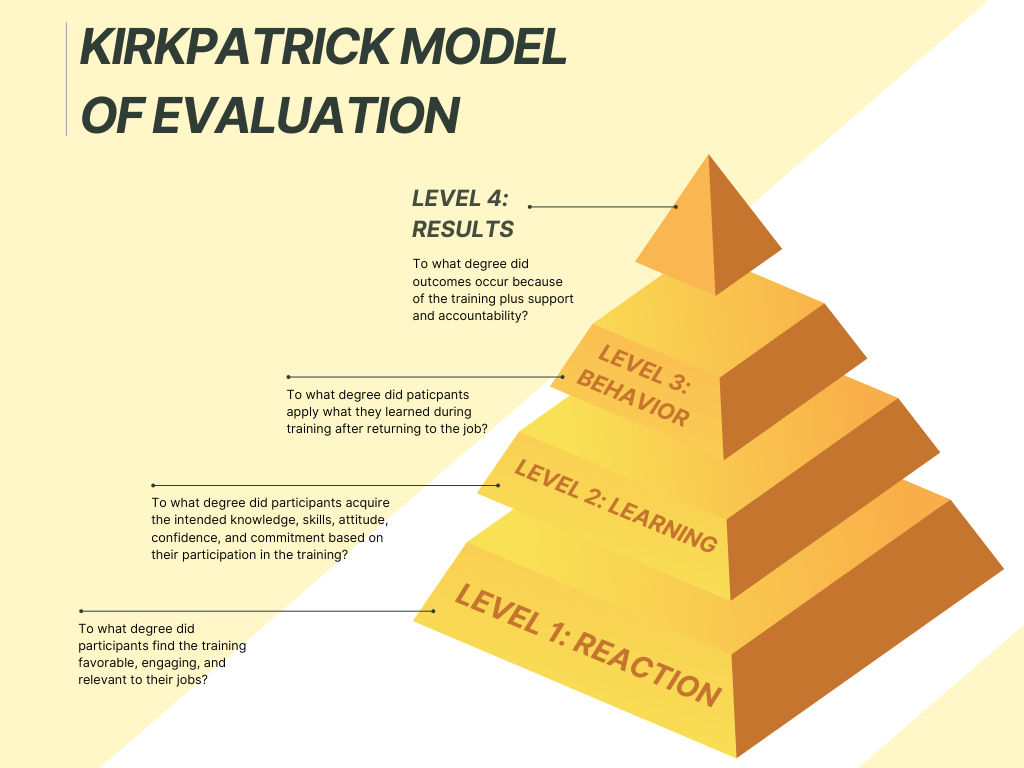- +1 (267) 368-7090
- contact@matcgroup.com
-
53 Knightsbridge Rd,
STE 216
Piscataway, NJ 08854.
Leadership isn’t something people magically discover the day they get promoted. It’s a skill that requires the right blend of awareness, strategy, and practice. Yet too many leadership programs fall into the trap of being inspirational without being actionable.
The result? A lot of buzzwords, a few “aha” moments, and very little long-term change.
But it doesn’t have to be that way.
Using instructional design principles, we can create leadership training that’s not only engaging in the moment but transformative in the long run.
Let’s explore what makes leadership training truly stick.
Before launching into content creation, instructional designers ask:
“What problem are we solving?”
That’s especially important in leadership training. Are you developing:
Each audience needs something different, and generic content won’t cut it.
Solution: Use needs analysis and targeted assessments to shape curriculum around real challenges, not assumed ones.

Great leadership training isn’t just a workshop, but a learning journey. Instructional design helps structure it using proven models like ADDIE:
Each step ensures that the training aligns with real behavior change, not just theoretical insight.
Many leadership programs are heavy on “vision” but light on how-to.
Instructional design breaks down abstract concepts into concrete skills:
Application beats inspiration every time.
Leaders don’t just need knowledge, they need to use it. That’s where scenarios, simulations, and branching pathways shine:
These interactive experiences build muscle memory and confidence far better than PowerPoint ever could.
Training is a process, not a moment. To make leadership development stick:
Retention increases when the learning continues beyond the classroom.

“Great session!” is nice to hear, but it doesn’t equal success.
Effective instructional design includes evaluation at multiple levels (à la Kirkpatrick):
Only then can you truly say the training stuck.
Organizations that get leadership development right don’t just see better leaders—they see:
The ROI isn’t hypothetical—it shows up in productivity, morale, and innovation.
Leadership training shouldn’t be a one-off event that disappears like a good TED Talk.
It should be a designed experience that develops real capabilities, supports growth over time, and prepares individuals to lead with clarity and confidence.
When built using instructional design principles, leadership training doesn’t just inform — it transforms.
And that’s how it sticks.
Instructional Design and ADDIE: An Overview
Mastering Kirkpatrick: Unleashing Training Excellence
Training, Protocols, Leadership: What Separates Catastrophe from Control